
Carolyn Wilke
Carolyn Wilke is a freelance science journalist based in Chicago and former staff writer at Science News for Students. She holds a Ph.D. in environmental engineering at Northwestern University, where she studied how light plays into the chemistry and toxicity of different types of nanoparticles under environmental conditions. Her experience as a AAAS Mass Media Fellow at The Sacramento Bee convinced her to leave the lab to write about science instead. Carolyn is a former Science News intern and has also reported on the life sciences for The Scientist. She enjoys writing about materials science, chemistry, microbiology and all things related to the environment.

Trustworthy journalism comes at a price.
Scientists and journalists share a core belief in questioning, observing and verifying to reach the truth. Science News reports on crucial research and discovery across science disciplines. We need your financial support to make it happen – every contribution makes a difference.
All Stories by Carolyn Wilke
-
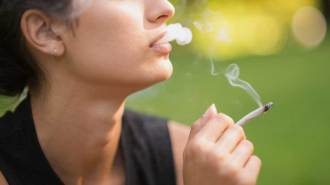 Health & Medicine
Health & Medicine50 years ago, scientists warned of marijuana’s effects on the unborn
In 1969, scientists warned about prenatal marijuana exposure. Researchers today are still untangling drug’s effect on fetuses.
-
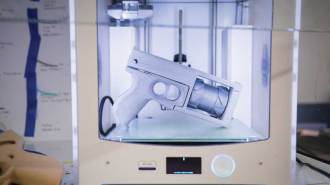 Science & Society
Science & Society3-D printed ‘ghost guns’ pose new challenges for crime-scene investigators
Researchers are analyzing the ballistics of 3-D printed guns and the plastic they leave behind to help forensic scientists track these DIY weapons.
-
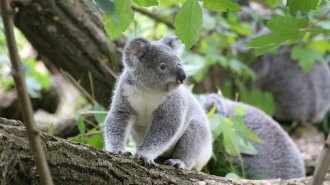 Life
LifeFecal transplants might help make koalas less picky eaters
Poop-transplant pills changed the microbial makeup of koalas’ guts. That could allow the animals to adapt when a favorite type of eucalyptus runs low.
-
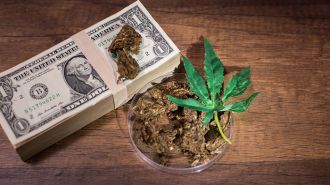 Health & Medicine
Health & MedicineMarijuana and meth are getting more popular in America, but cocaine has declined
In 2006, drug users spent more on cocaine than on heroin, marijuana or methamphetamine. By 2016, marijuana expenditures had exceeded the other drugs.
-
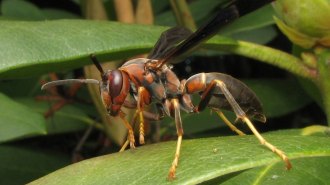 Life
LifeBig and bold wasp queens may create more successful colonies
A paper wasp queen’s personality and body size could help predict whether the nest she has founded will thrive.
-
 Neuroscience
NeuroscienceImaging scans show where symbols turn to letters in the brain
Scientists watched brain activity in a region where reading takes root, and saw a hierarchy of areas that give symbols both sound and meaning.
-
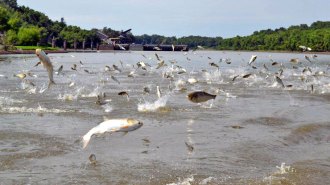 Life
LifeA mussel poop diet could fuel invasive carp’s spread across Lake Michigan
Asian carp, just a human-made waterway away from reaching Lake Michigan, could live in much more of the lake than previously thought.
-
 Earth
EarthOne in 4 people lives in places at high risk of running out of water
An update to the Aqueduct Water Risk Atlas reveals that 17 countries withdraw more than 80 percent of water available yearly.
-
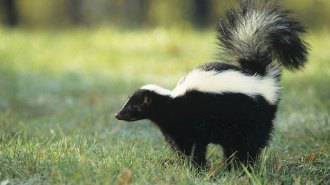 Chemistry
ChemistryA fungus makes a chemical that neutralizes the stench of skunk spray
A compound produced by fungi reacts with skunk spray to form residues that aren’t offensive to the nose and can be more easily washed away.
-
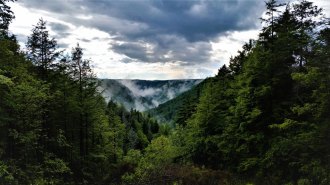 Earth
EarthDecades of dumping acid suggest acid rain may make trees thirstier
Acidified soil loses calcium, which can affect trees’ ability to hang on to water.
-
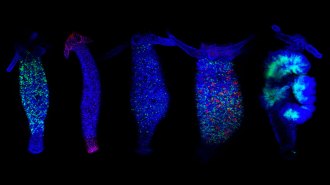 Life
LifeMapping how the ‘immortal’ hydra regrows cells may demystify regeneration
In the continually regenerating hydra, fluorescent markers help researchers track stem cells on the way to their cellular fate.
-
 Neuroscience
NeuroscienceA frog study may point to where parenting begins in the brain
Two brain regions, including one active in mammal parents, lit up with activity in both male and female poison frogs when caring for their tadpoles.